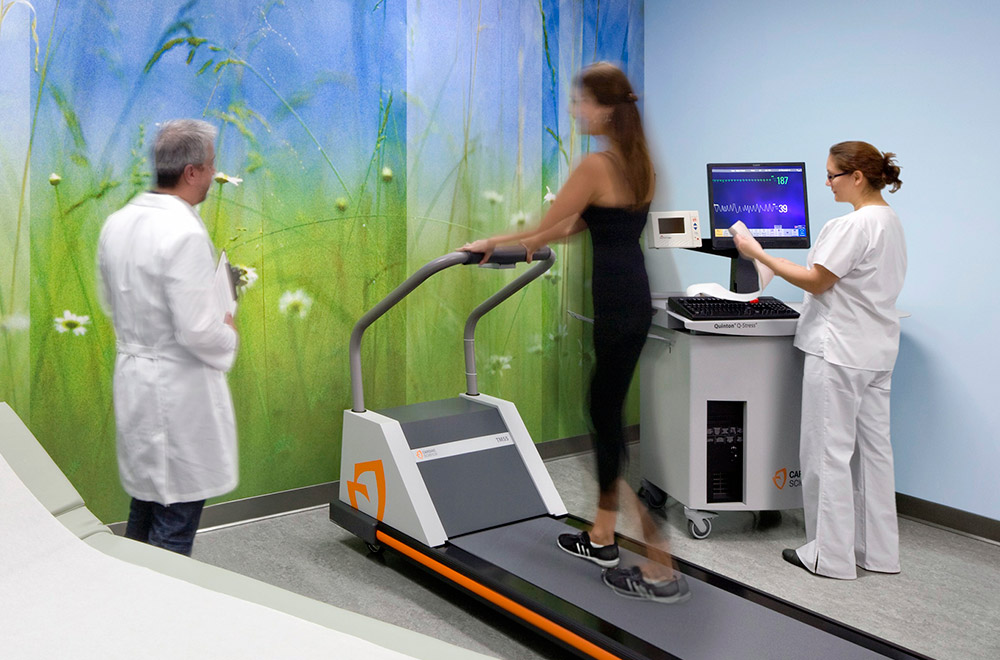By Jessica Hensler, Healthcare Process Leader
Lean is the elimination of waste, driving value to the customer based on what they perceive as value, or would be willing to pay for. Lean focuses on the flow of work throughout a process, breaking down the silos of individual tasks and departments, and creating efficiency in each step of the process.
Process improvement has been recorded as early as the 1450s, and the concept of lean was first brought into the mainstream by Henry Ford with his Model T production line, creating a just-in-time sequence. Toyota took it a step further in the 1930s by creating the Toyota Production System, which could quickly produce high variety and high quality products at a low cost. Since then, it has spread throughout industries all over the world.
Lean is not just a set of tools and processes; it is a culture, or a way of thinking and operating. Many companies set out on a lean transformation journey in an effort to streamline individual processes and, in turn, link them together in the most efficient way. Continuous learning and improvement is a cornerstone of a lean culture.
As lean has made its way into the architectural and construction communities, HMC has embarked on its lean journey starting with the Spring Valley Hospital Medical Center tower project in Las Vegas, Nev. Today, the Temecula Medical Center team is fully immersed in integrated project delivery (IPD) and lean processes as we work with our client, contractors, and consultants to deliver a target value designed 140-bed hospital for $144M in California—that is a cost of approximately $1M per hospital bed, compared to the statewide average that is in excess of $2M per bed.
What does this mean for clients and practitioners? In every process, from the way you get ready in the morning to the way we design facilities for our clients, improvement is possible. There is always a way to make it better, faster, less expensive, or more efficient without sacrificing effectiveness, quality, value, or satisfaction.
